Drinking Water Testing
Environmental Education and Outreach – Drinking water testing and analysis services provided by National Testing Laboratories or certified/licensed professionals. The residential drinking water testing program includes analysis for common water quality problems, microbiological contamination, and makes recommendations regarding the potential need for water treatment devices, such as: softeners, reverse osmosis units, distillation, neutralizers, chlorination systems, ultraviolet or UV systems. As part of the Water Research Center continuing efforts of environmental education on tapwater testing , we established an education program, testing program, guidance on a treatment program, and a self-monitoring program.
Quick Bacteria Test (Presence/Absence) – This is a quick test for the presence or absence of Coliform and E. Coli Bacteria in your drinking water. Coliform is an indicator bacteria that public water supplies are required to monitor. The presence of Coliform could indicate the presence of other infection disease causing organisms. If Coliform is present, then we look for E. Coli. which is a known pathogen
First Flush and Flush Lead – The dual lead test will test for the lead contect in the water and includes sample containers and testing for a “first draw” and a “flushed” sample when you are concern about ypur tapwater, city water or well water
Water Check 1 & 2- This testing package covers 22 heavy metals and minerals such as calcium, magnesium, iron, lead, arsenic, and mercury. Additionally, analyzes other inorganic compounds and physical characteristics including nitrate, nitrite, chloride, fluoride, sulfate, alkalinity, pH and hardness in your tapwater
Corrosion Check -An informational testing package that was developed for people who are experiencing signs of corrosion in their plumbing fixtures. This test analyzes contaminants that can specifically affect corrosion. This package can be used for well water and city water when you suspect corrosion, lead, copper in your tap water
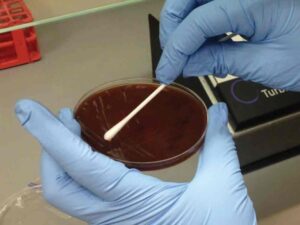
WATER TESTING
Many countries, states, and municipalities have specific requirements concerning water quality. Water must be free from harmful contaminants, such as bacteria, heavy metals and pesticides, to protect the environment and ensure public safety.
WATER QUALITY TESTING
We offer a comprehensive range of water analysis services to help you fulfill your regulatory requirements. Analyses include volatile organics, semi-volatile organics, pesticides, PCBs, herbicides, a variety of petroleum hydrocarbon analyses, metals, microbiology, and general chemistry methods, such as minerals, residue, anions, and nutrients. Each matrix has specific requirements and methods.
Testing services include:
Drinking water – segregated from other analyses to provide low-level reporting requirements; numerous large-scale lead analysis projects for municipalities and schools currently underway
Groundwater – leads the way in performing some of the largest and most complex groundwater investigations ever undertaken
Surface water – uses low-level methods to meet federal or local regulations
Wastewater – offering both pre- and post-treatment analysis to verify permit requirements for discharged waste
Storm water – monitoring industrial and agricultural runoff following significant rain events
Specialty testing – for explosives/energetics, dioxins/furans, PCB congeners, perfluorinated compounds (PFAS) and radiological analyses
Ballast water and grey water
With local expertise backed-up by global capabilities, we can help you comply with local laws and policies concerning water quality. Our advanced methods require the collection of smaller sample volumes, reducing the cost of field sampling and transportation, while still delivering superior results.
Biological Water Testing
Advances in science and technology have equipped the groundwater industry with more data than has ever been available at any point in recorded history. Rapid screening techniques used to quantify and profile the overall bacterial populations, as well as identification of the more prominent bacterial species within water, now allow for a comprehensive assessment of the biological conditions within a well.
This approach was used within a laboratory setting to examine the biological communities in thousands of samples from potable wells over several years. Data from those analyses was compiled to determine relationships, occurrences, and trends that developed with regard to deposit formation, corrosion potential, unsafe conditions, and other fouling mechanisms associated with bacterial influences.
Testing Approach for the Well Environment
Bacteria are found universally—including some of the most extreme environments on the planet—and are part of our everyday lives. They play important roles within the food, pharmaceutical, and bioremediation industries as well as within our own bodies. They exist in soils, air, and water.
The potable wells we rely upon as a source for safe water are no exception. Groundwater wells are dynamic systems which vary considerably in construction and operation, as well as a multitude of external influences from the aquifers and environments they interact with. These variables may result in a variety of conditions downhole that can stimulate extremely diverse and expansive microbial communities.
The water well industry has traditionally relied heavily upon the total coliform test, commonly referred to as a “Bac-T test,” to determine the biological presence within a well. This is due to the notoriety these methods have gained because of regulatory actions put in place by the U.S. Environmental Protection Agency.
Water Testing Laboratories
Element provides full testing capabilities for drinking water, ground and surface water, and wastewater testing provide the analytical results, and required accreditation for testing drinking water systems, site remediation, studies, routine monitoring, or individual projects.
Water testing is an essential element of public and environmental safety and a requirement bound by stringent regulatory conditions. By undertaking water analysis, you can minimize risk and the potentially damaging impact, not only on public health but also to the environment.
water analysis services
Employing a stringent quality system, our water testing laboratories offer complete solutions for potable water distribution to ensure the quality of water for public safety. We support wastewater facilities requiring regulatory approval by testing their water either in its raw form or after treatment to bring peace of mind that wastewater discharge meets the required guidelines and is not contributing to environmental contamination.
Agricultural waters are tested for livestock consumption safety, contamination, and also from herbicides or pesticides as well as irrigation suitability. water testing services extend to ground waters and surface waters. We test them for contamination, either as routine monitoring for landfills and up-stream, midstream, and downstream energy production. We also provide pro-active solutions that prevent the destructive influences of corrosion with our analysis of chemical parameters and contaminants from waters effect on your assets.
Working with Element
In a sea of regulations, Element’s experts are on hand to help you navigate the path to compliance, and discuss and develop tailored monitoring and water analysis programs that meet your precise needs. We actively assist in detailed analysis, provide sample containers, and provide guideline reporting.
Water Testing
More frequent testing should be considered if:
There is a change in the taste, odor, or appearance of the well water, or if a problem occurs such as a broken well cap, inundation by floodwaters, or a new contamination source
The well has a history of bacterial contamination
The septic system has recently malfunctioned
Family members or house guests have recurrent incidents of gastrointestinal illness
An infant is living in the home, or
To monitor the efficiency and performance of home water treatment equipment.
Check with your local health or environmental health department for recommendations regarding the type and frequency of testing specific to your location. For help in interpreting your water test results—and what might be a health risk or an aesthetic issue—ask the lab that conducted the test or your county health department.
Total coliform is the most commonly used indicator of bacterial contamination. The presence of coliform bacteria is an “indicator” of a well’s possible contamination from human or animal wastes. Total coliform are a broad category of bacteria, most of which pose no threat to humans. Some come from fecal matter; others naturally occur in soils, vegetation, insects, etc. The presence of coliform bacteria in well water can be a harbinger of worsening water quality. In some cases, more specific tests for fecal contamination, such as E.coli, may be used.
Common sources of nitrate to well water are fertilizers, septic systems, animal manure, and leaking sewer lines. Nitrate also occurs naturally from the breakdown of nitrogen compounds in soil and rocks. High levels of nitrate in well water present a health concern and can also indicate the presence of other contaminants, such as bacteria and pesticides. Drinking large amounts of water with nitrates is particularly threatening to infants (for example, when mixed in formula).
Typical additional tests are those for pH, hardness, iron, manganese, sulfides, and other water constituents that cause problems with plumbing, staining, water appearance, and odor. Changes in these constituents also may indicate changes in your well or local groundwater. Additional tests may be recommended if water appears cloudy or oily, if bacterial growth is visible on fixtures, or water treatment devices are not working as they should. Check with your water well contractor, state department of natural resources, or local health department for information on local water quality issues.

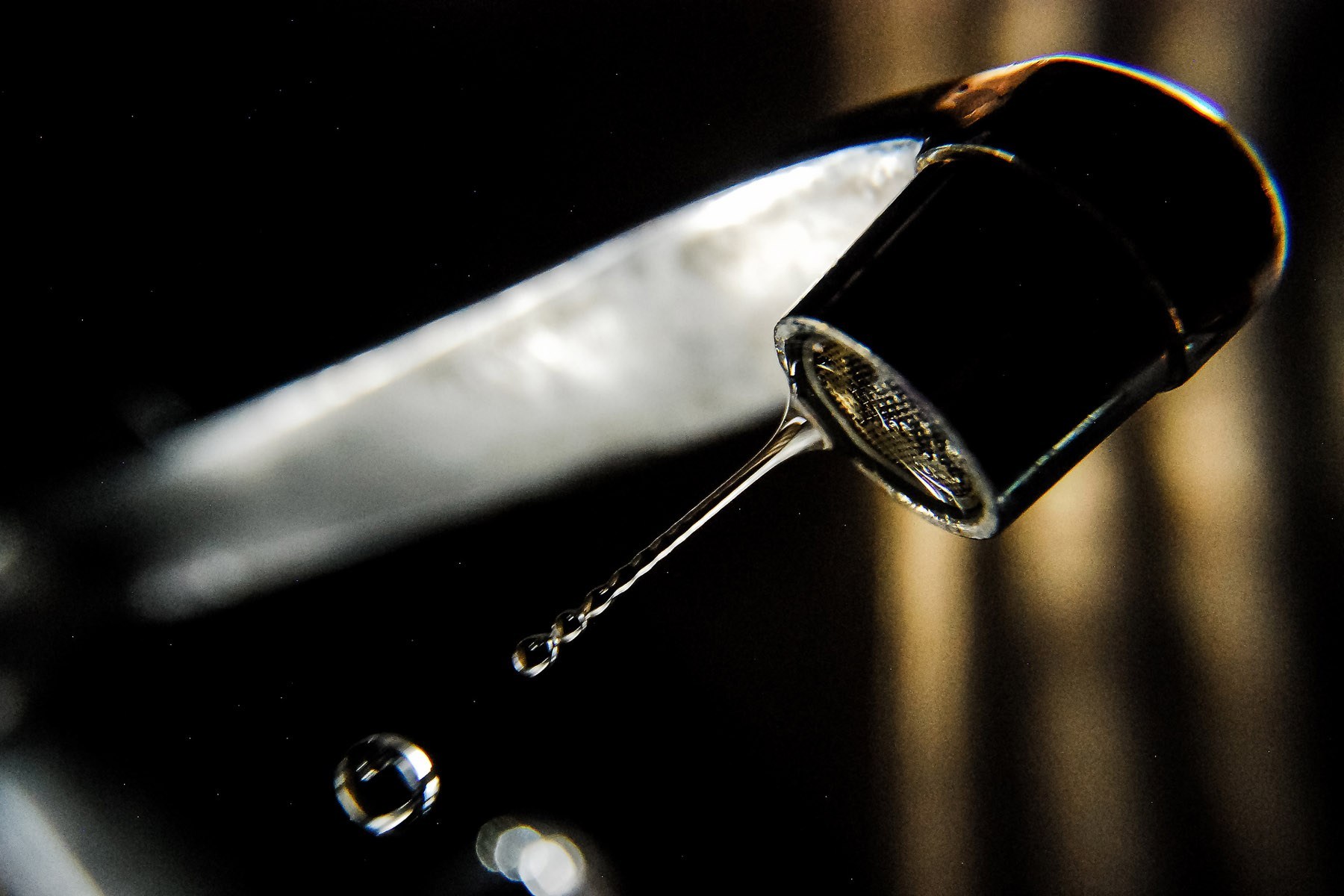
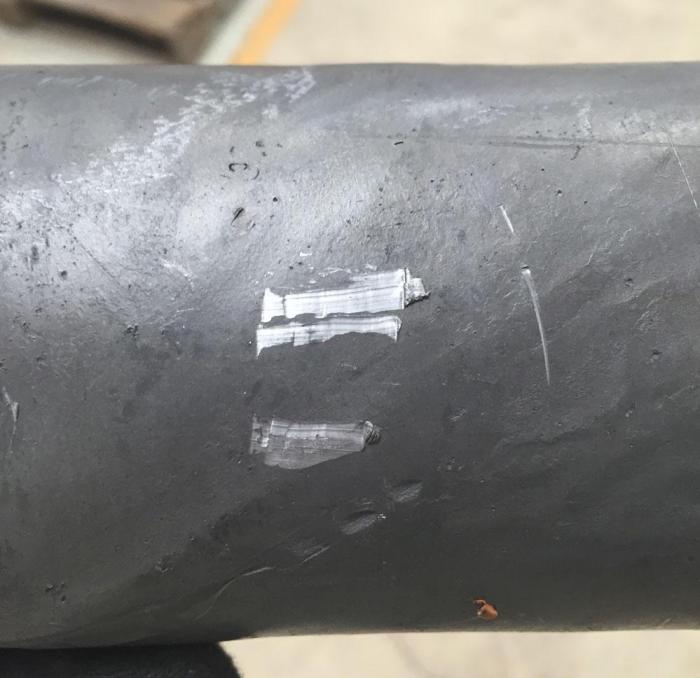
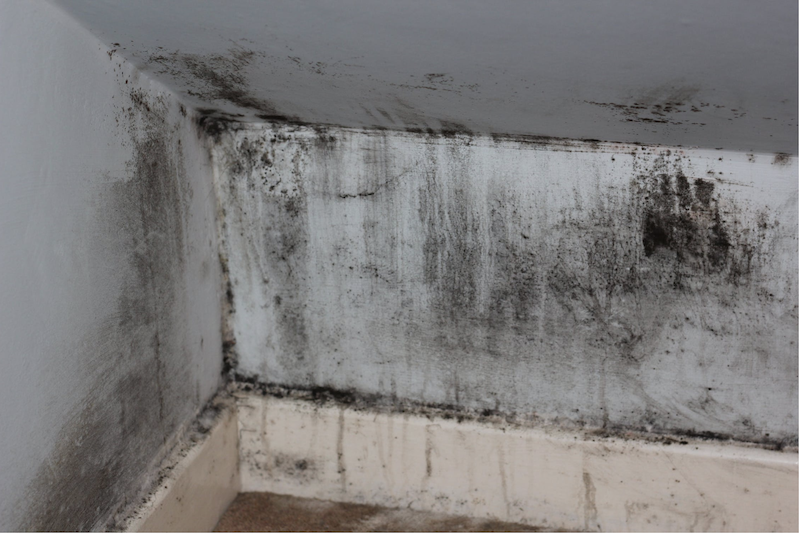
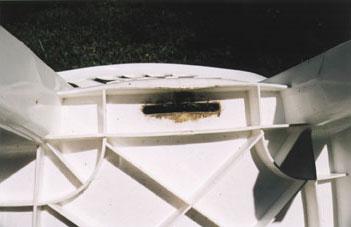
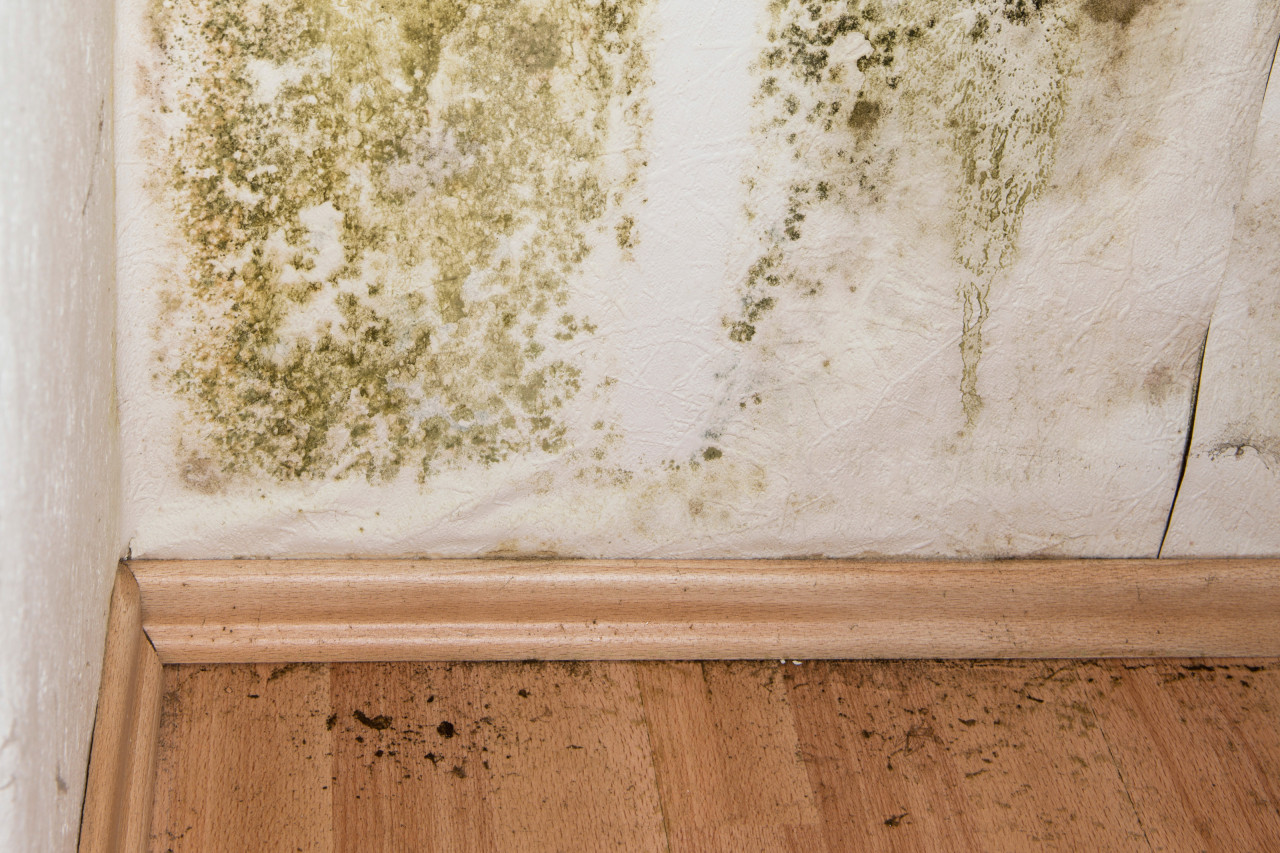
Recent Comments